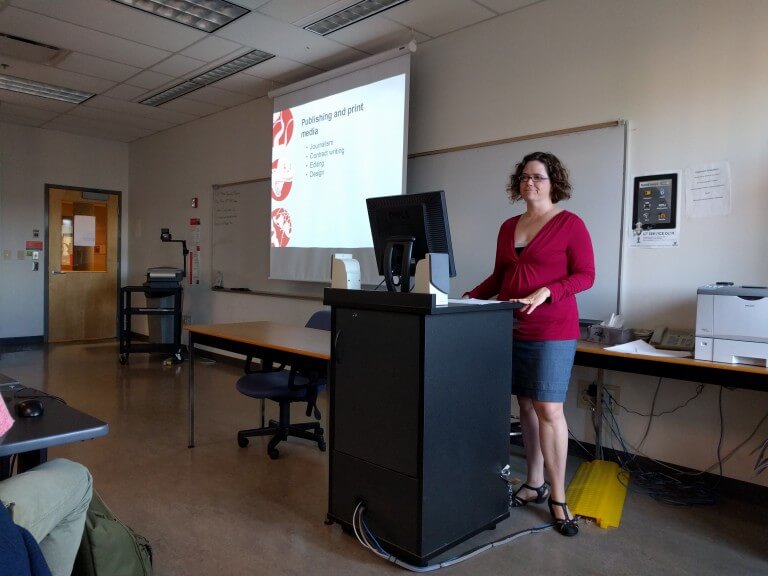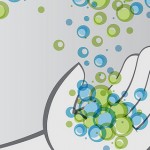Halley’s comet, impending doom and communicating science
![Halley's Comet: May 29, 1910. By Professor Edward Emerson Barnard at Yerkes Observatory, in Williams Bay, Wisconsin. [Public domain]. https://commons.wikimedia.org/wiki/File%3AHalley's_Comet_-_May_29_1910.jpg](https://www.tstmarchive.talksciencetome.com/wp-content/uploads/2016/05/512px-Halleys_Comet_-_May_29_1910-300x227.jpg) On May 18, 1910, Halley’s comet made its closest recorded contact (0.15 astronomical units,* or approximately 23 million kilometres) with our planet, and the Earth passed through its tail. The event was full of scientific excitement and wonder, since photographic plates and spectroscopy were newly available to researchers. With these new tools, astronomers and the public got a better view of the comet itself and also a first inkling of what it contained.
On May 18, 1910, Halley’s comet made its closest recorded contact (0.15 astronomical units,* or approximately 23 million kilometres) with our planet, and the Earth passed through its tail. The event was full of scientific excitement and wonder, since photographic plates and spectroscopy were newly available to researchers. With these new tools, astronomers and the public got a better view of the comet itself and also a first inkling of what it contained.
Exciting times for science!
Read More »Halley’s comet, impending doom and communicating science



![Ripples. Image by Unsplash, 2015 [Public domain] water-1030866_640](https://www.tstmarchive.talksciencetome.com/wp-content/uploads/2016/02/water-1030866_640-300x200.jpg)
![The new periodic table of the elements | By 2012rc (self-made using inkscape) [Public domain] By 2012rc (self-made using inkscape) [Public domain], via Wikimedia Commons](https://www.tstmarchive.talksciencetome.com/wp-content/uploads/2016/01/512px-Periodic_table_large.png)
